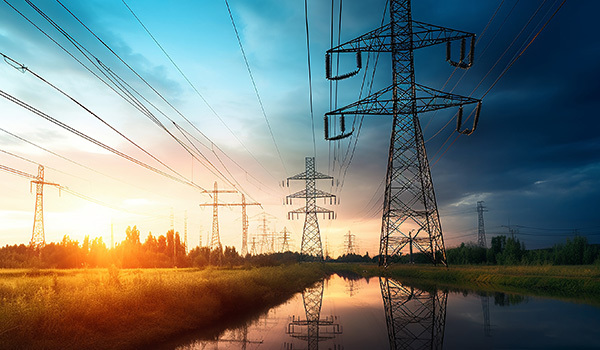Structure and Design of Vacuum Contactors
Publish Time:
2024-03-16
Source:
Vacuum contactors are switching devices widely used in power systems. Their primary function is to make and break circuits in a high-vacuum environment. Their structure and design significantly impact their performance and service life.
I. Structure of Vacuum Contactors
Vacuum contactors mainly consist of the following parts:
1. Contact unit: Includes fixed and moving contacts, the core component of the vacuum contactor.
2. Insulation support: Supports the contact unit and ensures insulation between it and other parts.
3. Arc quenching chamber: Used to extinguish the arc generated when the contact points are opened.
4. Operating mechanism: Used to drive the contact unit to perform make and break operations.
II. Design of Vacuum Contactors
The design of vacuum contactors mainly focuses on the following aspects:
1. Contact unit design: Material selection for the contact unit is crucial; it must have excellent wear resistance and arc erosion resistance. In addition, the position and shape of the contact points must be carefully designed to ensure stable current transmission and reduce contact resistance.
2. Insulation support design: The insulation support must have excellent insulation properties, while also considering its mechanical strength and thermal stability.
3. Arc quenching chamber design: The design of the arc quenching chamber affects the arc extinguishing effect, which in turn affects the service life of the contactor.
4. Operating mechanism design: The operating mechanism needs reliable operating force and fast response speed to ensure that the contact unit can accurately and quickly complete the make and break operations.
In addition, the design of vacuum contactors also needs to consider trends such as miniaturization, modularization, and intelligence. For example, miniaturization can be achieved by optimizing the structure and using new materials; intelligence can be achieved by integrating sensors and intelligent control algorithms to improve performance and reliability.
In summary, the structure and design of vacuum contactors are complex engineering problems that require consideration of multiple factors, including materials, processes, and performance. With technological advancements, the structure and design of vacuum contactors will continue to be optimized to meet the power system's demand for high-performance, high-reliability switching devices. In the future, vacuum contactors will play an even more important role in smart grids and renewable energy.
Related
Types and Selection Guide for Air Contactors
2025-07-01
High-pressure vacuum contactor
2024-09-14
Structure and Design of Vacuum Contactors
2024-03-16
How to use a high-voltage vacuum contactor
2023-08-08
Contact Number:+8613623894894
Contact Number:+8615136360288
Email:13623894894@126.com
Address: No. 1, High-tech Road, Hebin Street Office, Yichuan County, Luoyang City, Intelligent Equipment Industrial Park
COOKIES
Our website uses cookies and similar technologies to personalize the advertising shown to you and to help you get the best experience on our website. For more information, see our Privacy & Cookie Policy
COOKIES
Our website uses cookies and similar technologies to personalize the advertising shown to you and to help you get the best experience on our website. For more information, see our Privacy & Cookie Policy
These cookies are necessary for basic functions such as payment. Standard cookies cannot be turned off and do not store any of your information.
These cookies collect information, such as how many people are using our site or which pages are popular, to help us improve the customer experience. Turning these cookies off will mean we can't collect information to improve your experience.
These cookies enable the website to provide enhanced functionality and personalization. They may be set by us or by third-party providers whose services we have added to our pages. If you do not allow these cookies, some or all of these services may not function properly.
These cookies help us understand what you are interested in so that we can show you relevant advertising on other websites. Turning these cookies off will mean we are unable to show you any personalized advertising.
Copyright © Luoyang Tongyi Xiguang Electric Co., Ltd. This site supports IPV6







